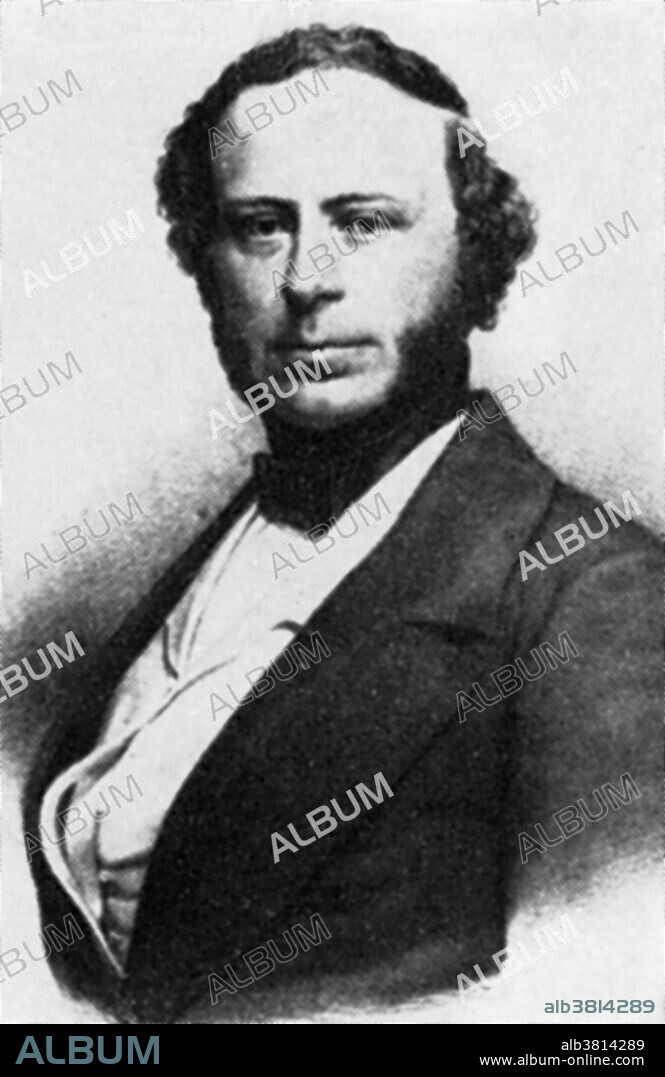alb3814289
John Ericsson, Swedish-American Inventor

|
Zu einem anderen Lightbox hinzufügen |
|
Zu einem anderen Lightbox hinzufügen |



Haben Sie bereits ein Konto? Anmelden
Sie haben kein Konto? Registrieren
Dieses Bild kaufen

Titel:
John Ericsson, Swedish-American Inventor
Untertitel:
Siehe automatische Übersetzung
John Ericsson (1803-1889) was a Swedish-American inventor and mechanical engineer. He is remembered best for designing the steam locomotive Novelty (with engineer John Braithwaite) and the ironclad USS Monitor. Ericsson also invented the caloric engine in the 1820s which used hot air instead of steam as a propellant. Its boiler-less design made it a safer and more practical means of power for small industry and his incorporation of a 'regenerator' heat sink made it very fuel-efficient. He also invented: surface condenser (water-cooled shell and tube heat exchanger), the solar machine, using concave mirrors to gather sun radiation strong enough to run an engine, hoop gun (gun production technique that uses multiple layers of tubes to form a built-up gun) construction and the propeller (a type of fan that transmits power by converting rotational motion into thrust).
Bildnachweis:
Album / Science Source / New York Public Library
Freigaben (Releases):
Model: Nein - Eigentum: Nein
Rechtefragen?
Rechtefragen?
Bildgröße:
2574 x 3962 px | 29.2 MB
Druckgröße:
21.8 x 33.5 cm | 8.6 x 13.2 in (300 dpi)
Schlüsselwörter:
AMERIKANER • BERÜHMT • BERÜHMTE PERSÖNLICHKEIT • DAMPFLOKOMOTIVE • ERFINDER • ILLUSTRATION • ILLUSTRATIONS • INGENIEUR • KRIEGSSCHIFF • MANN • MASCHINENBAUER • NEUHEIT • NOTABEL • PERSON • PERSöNLICHKEITEN • PERSÖNLICHKEITEN • PORTRAIT • PROMINENZ • SCHIFF: KRIEGSSCHIFF • SCHIFF: SCHLACHTSCHIFF • SCHLACHTSCHIFF
 Pinterest
Pinterest Twitter
Twitter Facebook
Facebook Link kopieren
Link kopieren Email
Email
